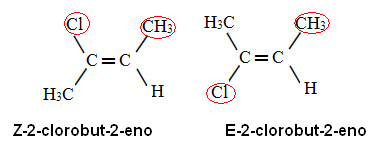Milk is one of the most consumed foods in the world, defined as a whitish and opaque nutritional secretion produced by the mammary glands of female mammals.
A common feature among all types of milk is the color, an opaque white. After all, is there an explanation for the milky color? Chemistry tries to explain this characteristic by considering the substances that make up such food.
Milk itself is a mixture of several components, including fat. Fat is present in the form of small globules that tend to stick together. However, the milk is homogenized so that the fat globules stay apart longer. It is these fat globules, together with colloidal particles of casein and calcium phosphate, that spread the light and give the milk its white color.
Do not stop now... There's more after the advertising ;)
It is this same fat that, when the milk is boiled, accumulates on its surface, forming a thick layer known as “cream”. In this case, the fat remains in suspension.
By Líria Alves
Graduated in Chemistry
Would you like to reference this text in a school or academic work? Look:
SOUZA, Líria Alves de. "The color of milk"; Brazil School. Available in: https://brasilescola.uol.com.br/quimica/a-cor-leite.htm. Accessed on June 27, 2021.



